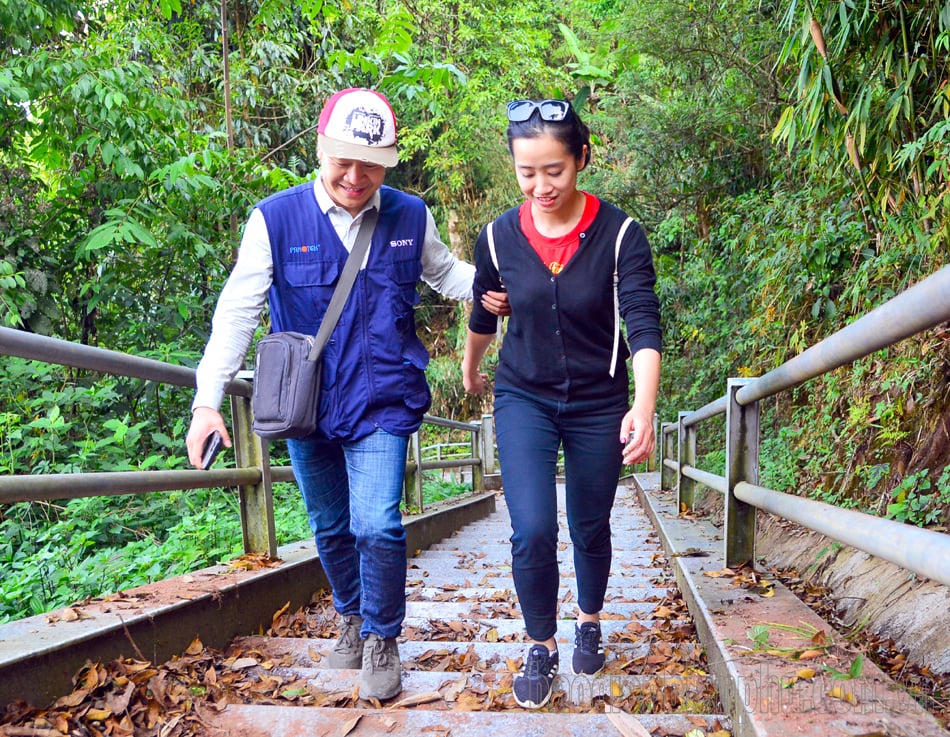
Muong Nhe District currently has a number of potential tourist development points, which have initially formed products and put into exploitation, but the scale is small, the quality and efficiency are not high. For example, the border intersection between the three countries of Vietnam - Laos - China has a border marker for tourists to visit and take pictures. The road system to the marker is invested in concrete, extending from A Pa Chai Border Guard Station to the foot of the marker. During use, it is affected by time and weather factors, so it is gradually degrading. In particular, the road to the marker is relatively difficult to travel, so you have to use a motorbike or walk. From the outside, it is 12km with many different terrains, then you have to walk 580 steps to conquer the marker. The system of accommodation facilities and food service establishments has not been built, tourists only use accommodation and food services at A Pa Chai Border Guard Station and some local households around spontaneously. There is no system of shops selling local tourism products, toilets, parking lots, etc.
Muong Nhe has another potential spot, Quang Lam hot spring, Quang Lam commune. Located about 15km from the center of Muong Nhe district, this tourist spot is still very wild, tourists can experience hot spring bathing combined with walking to take photos, check-in, visit and explore the unique culture of the Khang ethnic group - one of the ethnic minorities living for a long time in the mountainous Northwest of Vietnam with 86 households. However, the hot spring spot has only invested in a gravel road for travel but does not have facilities or infrastructure for tourism...
On average, Muong Nhe welcomes about 2,000 visitors each year. The total number of accommodation establishments in the area is 15 motels; 8 accommodations that meet the standards for receiving tourists and a number of other inns with rooms for rent with a total of 133 rooms and rooms to receive tourists. The room occupancy rate at motels and accommodations serving tourists is 60%; the average stay of a guest is from 0.5 to 1 day, the spending level of tourists is 0.6 million/day. It can be seen that the parameters are still very modest.
The causes of difficulties have been recognized and pointed out by the district to find solutions in the coming time. First, it must be admitted that the planning work on tourism, tourism routes and detailed planning of tourist destinations associated with the preservation and promotion of cultural values of ethnic groups in the area is not yet complete and adequate; investment in basic infrastructure (roads, electricity, landscape renovation) is not yet synchronous. Infrastructure, accommodation facilities, and entertainment venues serving some areas and spots with tourism potential have not been invested in, especially motels and restaurants; there is no system of signs leading to areas and spots with tourism potential. There are no sightseeing stops associated with providing tourism information and introducing OCOP products and typical agricultural products of the district. Communication activities to promote and attract investment in tourism development are not professional, the content is simple, there is no clear theme or message, and it has not attracted many potential businesses to invest in tourism.
Along with that, some ethnic cultural identities have not been fully studied and evaluated. The form of preservation and promotion is still limited, focusing on restoring typical festivals, preserving some folk songs and dances, and organizing classes to teach intangible culture of some ethnic groups. The maintenance and promotion after preservation and restoration is not really effective. The mobilization of social resources for investment in cultural development, especially for the preservation and promotion of traditional ethnic cultures, is still limited. Meanwhile, the culture and arts of ethnic groups in Muong Nhe are facing great challenges. Folk art activities that used to take place regularly are now sparse. Many places no longer make musical instruments. The younger generation is not interested in folk cultural activities, takes lightly costumes, architecture and traditional spiritual values, which risks breaking with the traditional culture of the ethnic groups...
Another objective reason is that the socio-economic conditions of Muong Nhe district are still facing many difficulties, and the limited investment sources do not guarantee the development of tourism products and services as well as the preservation of traditional cultural values. Developing tourism in a mountainous and border district like Muong Nhe is a difficult problem. To find a solution, it is not only a matter of promoting the local internal strength but also requires the cooperation and support of all levels, sectors, and companies and enterprises in the tourism sector.
Source link




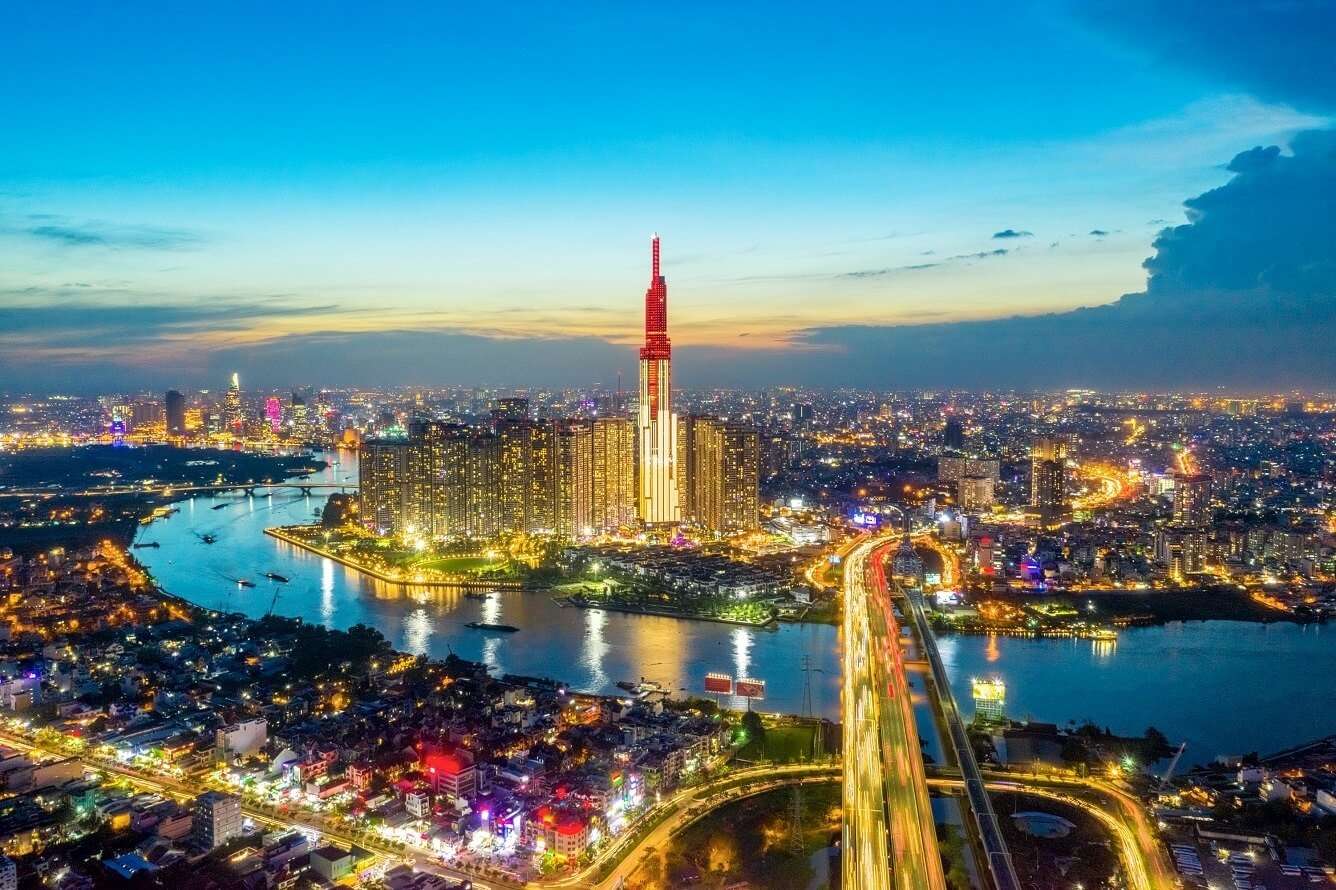


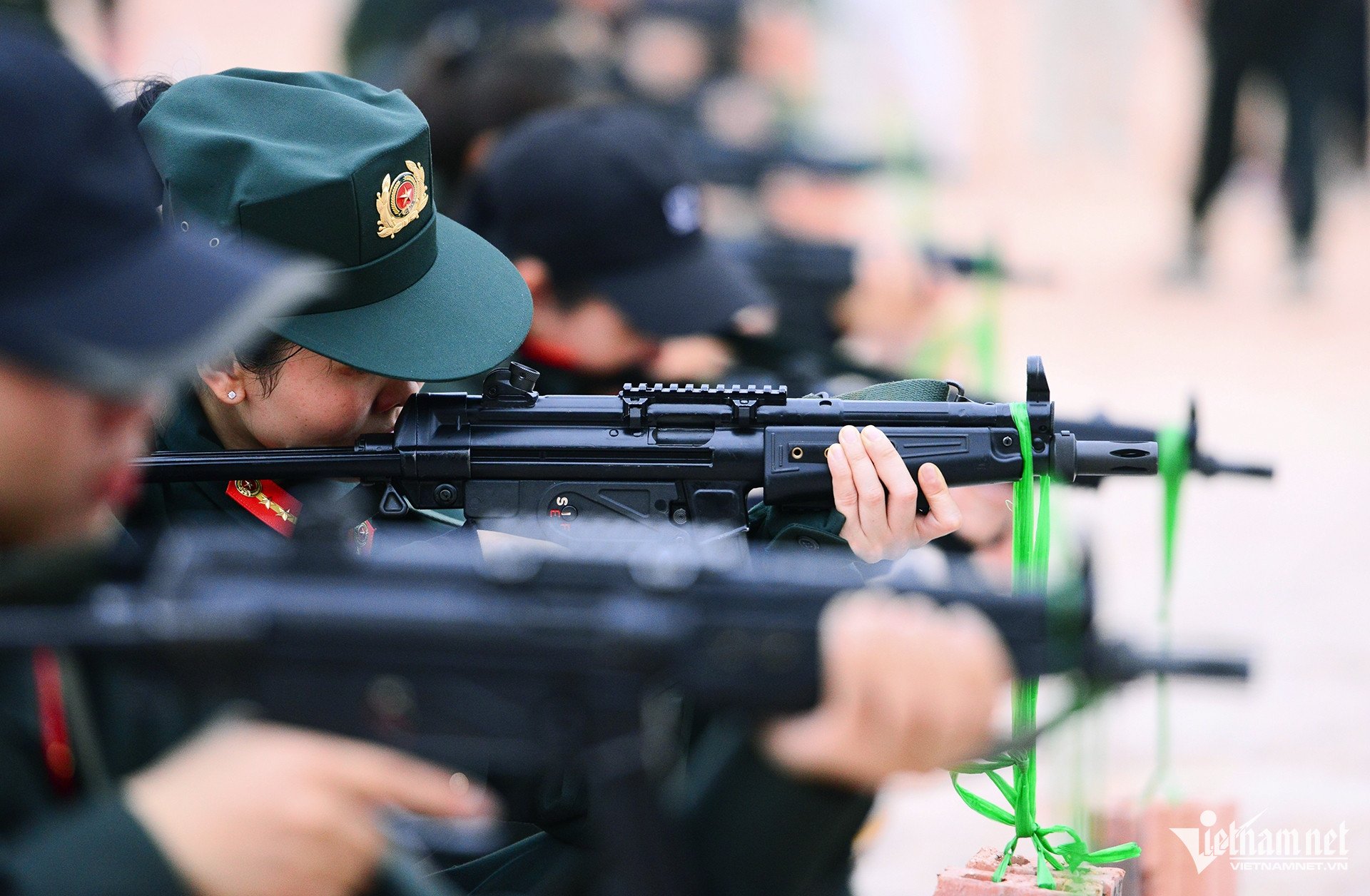






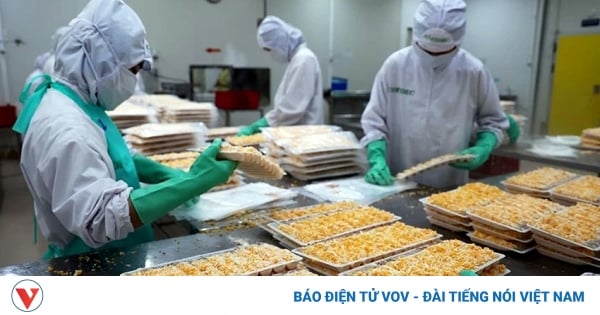


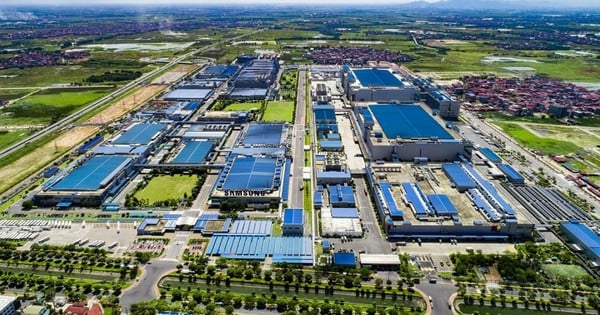

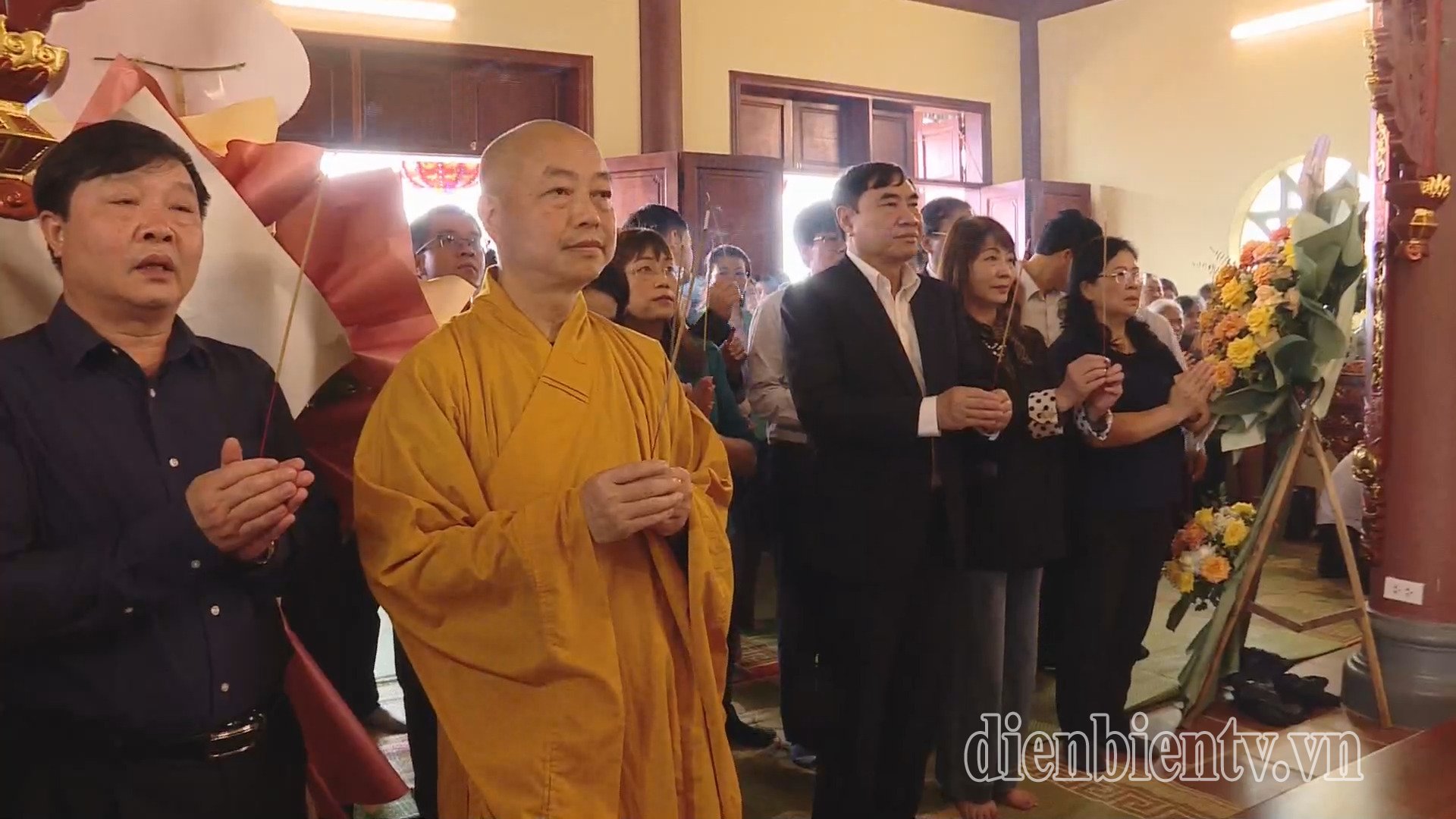
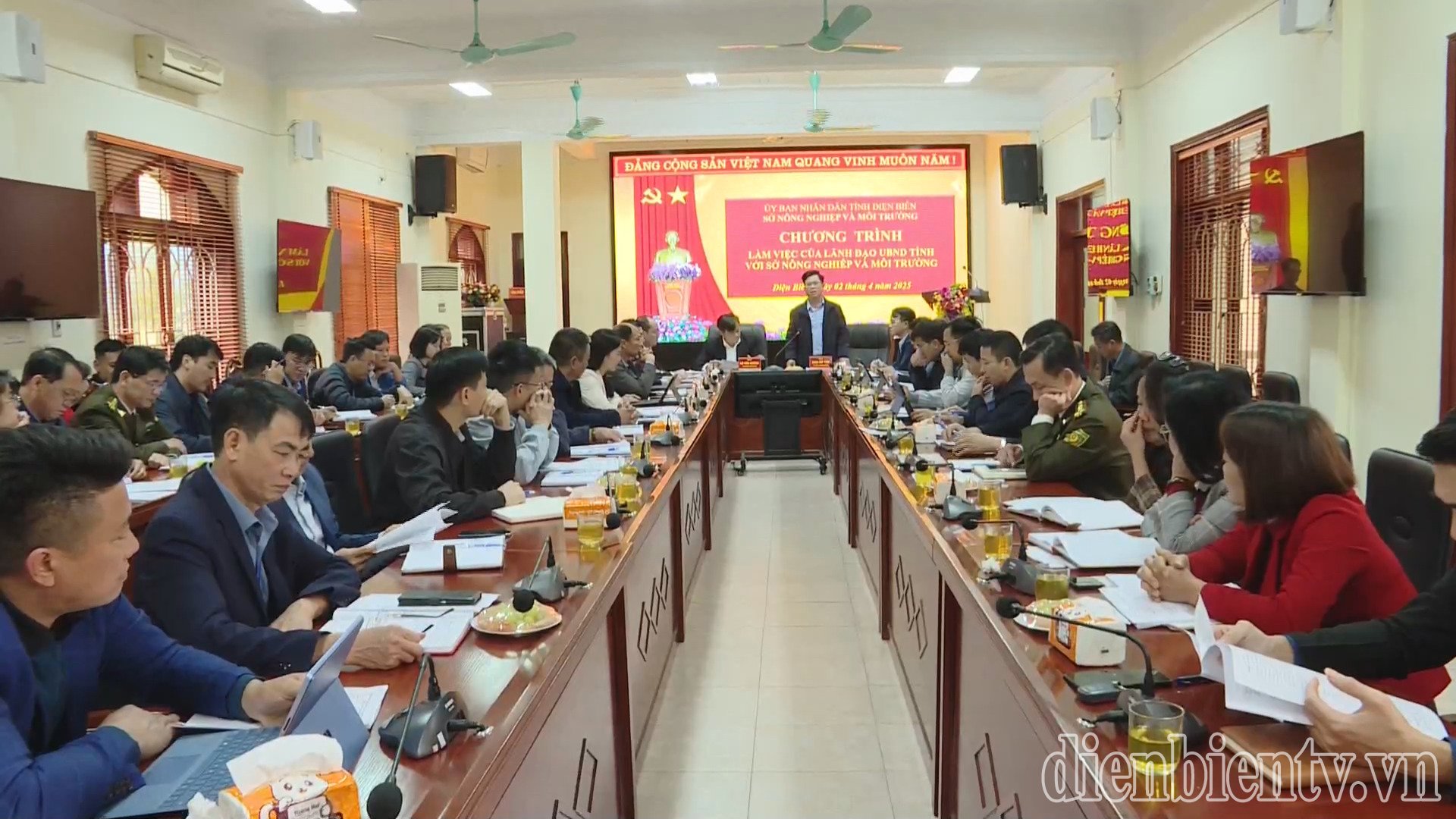
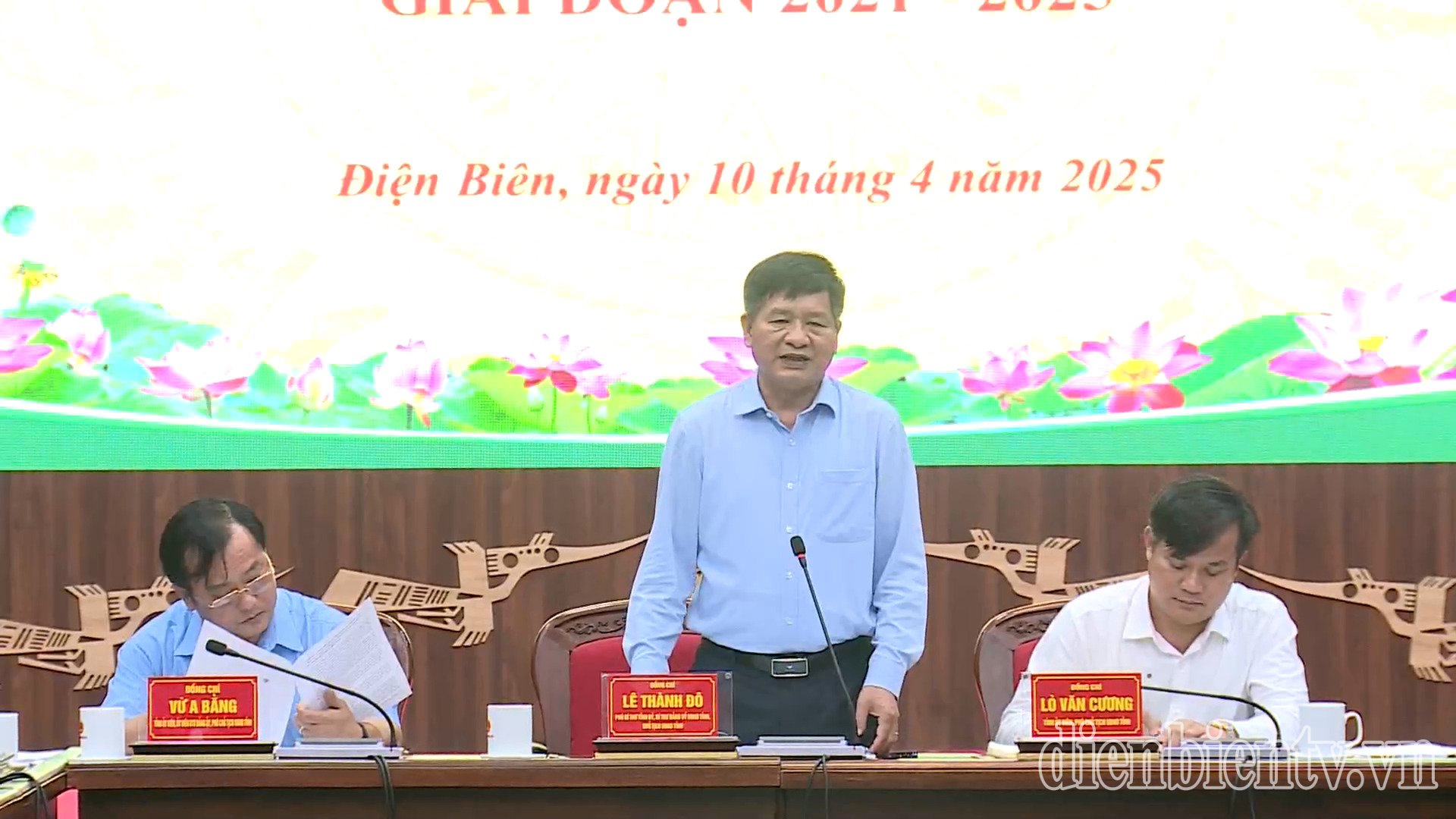

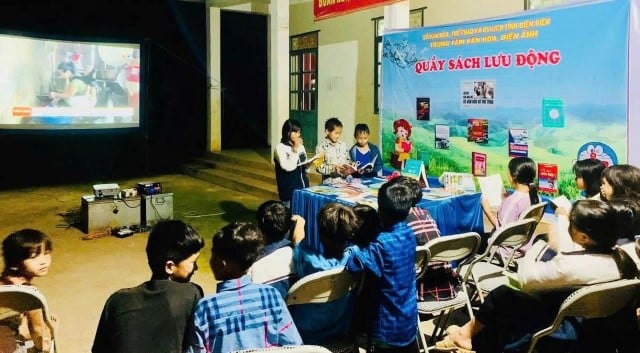
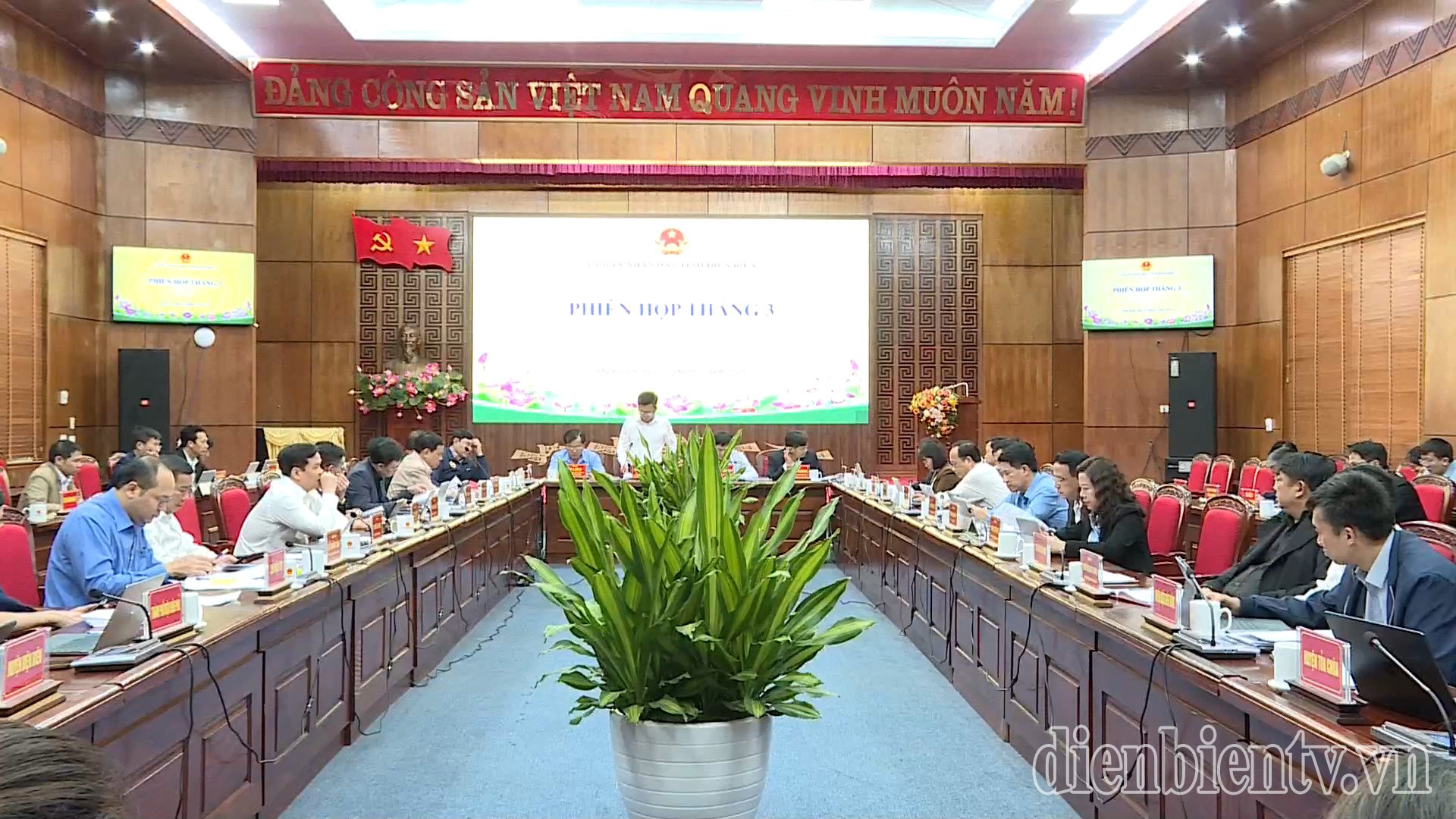


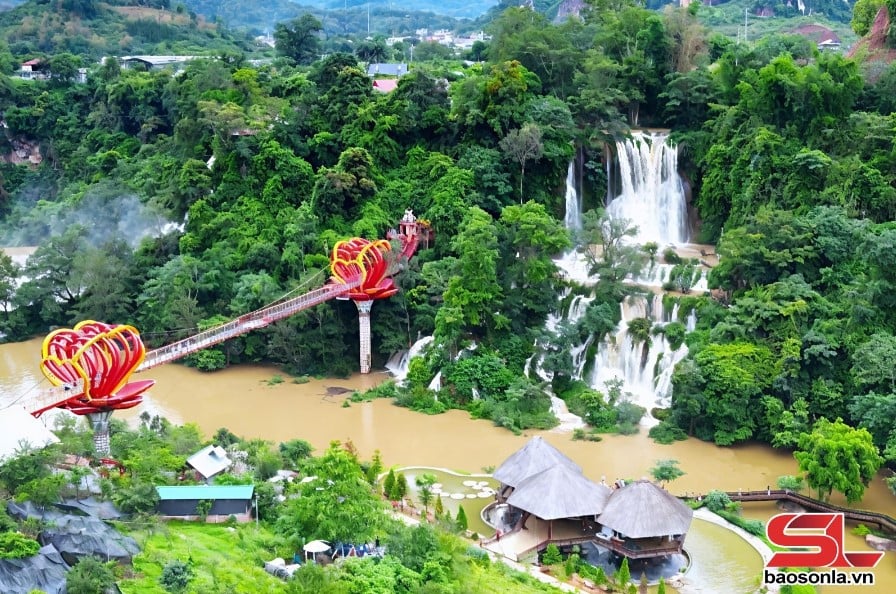
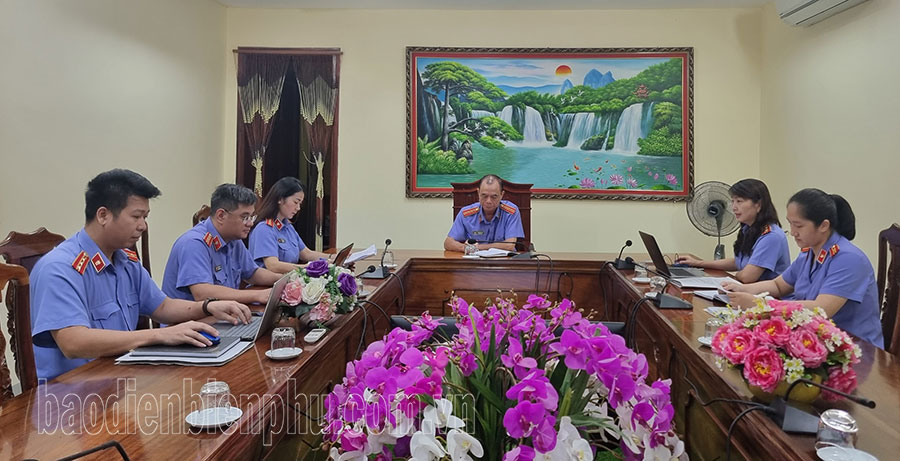
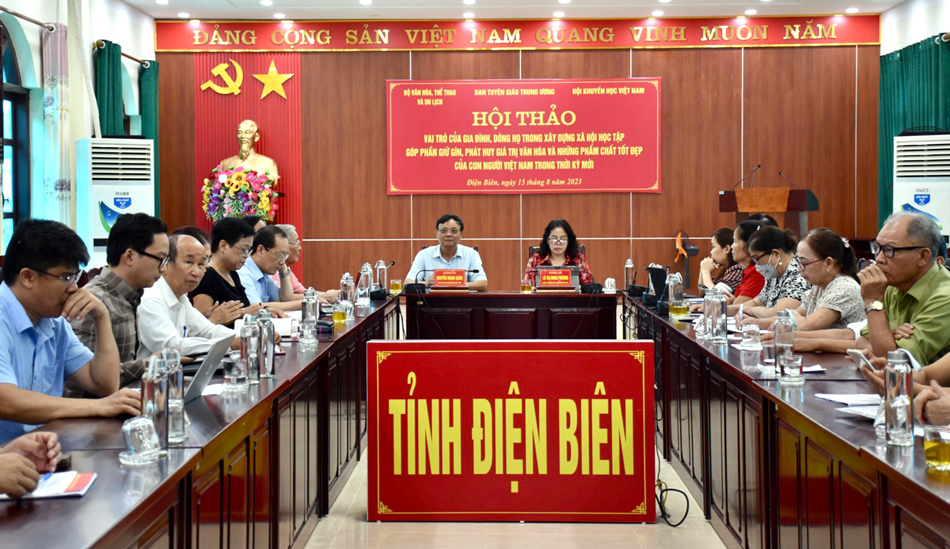
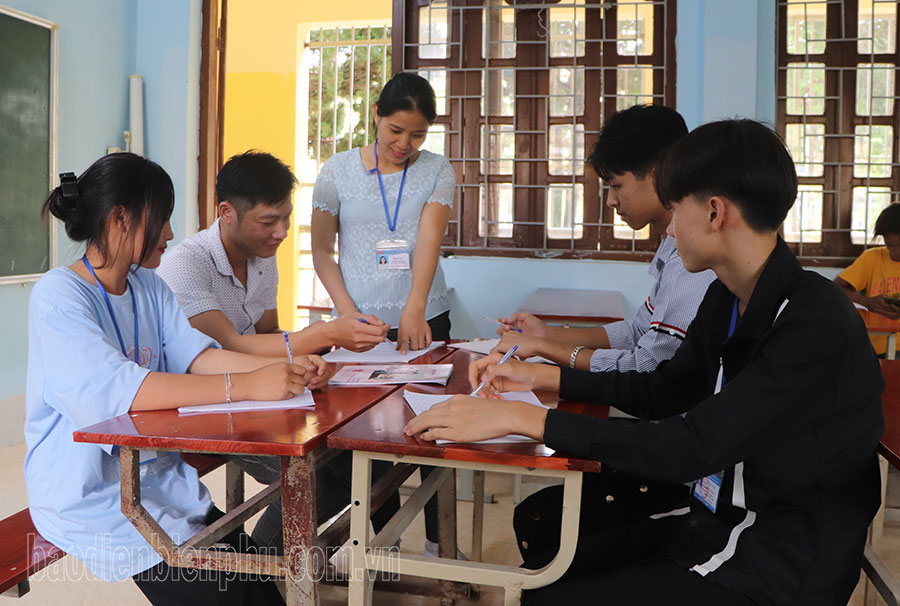
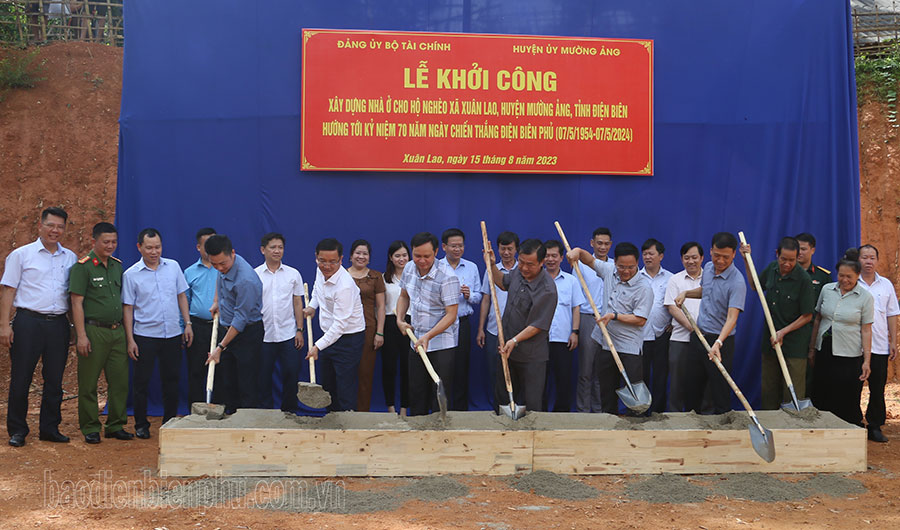

![[Photo] "Beauties" participate in the parade rehearsal at Bien Hoa airport](https://vstatic.vietnam.vn/vietnam/resource/IMAGE/2025/4/11/155502af3384431e918de0e2e585d13a)






























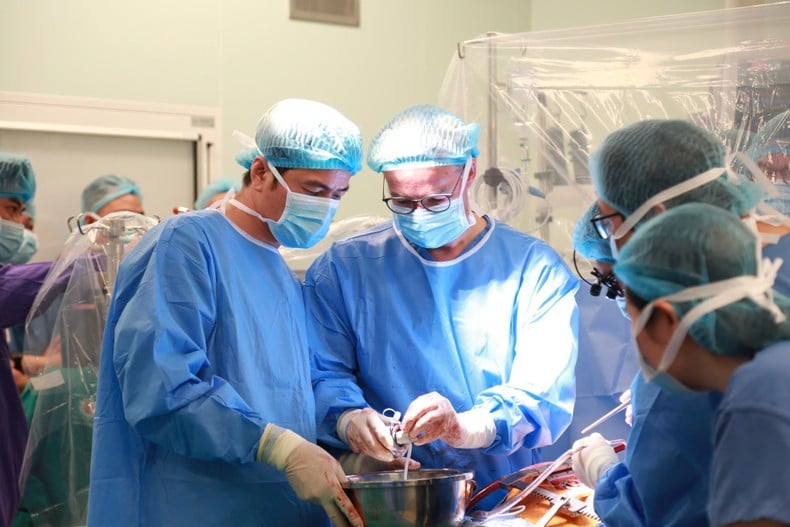
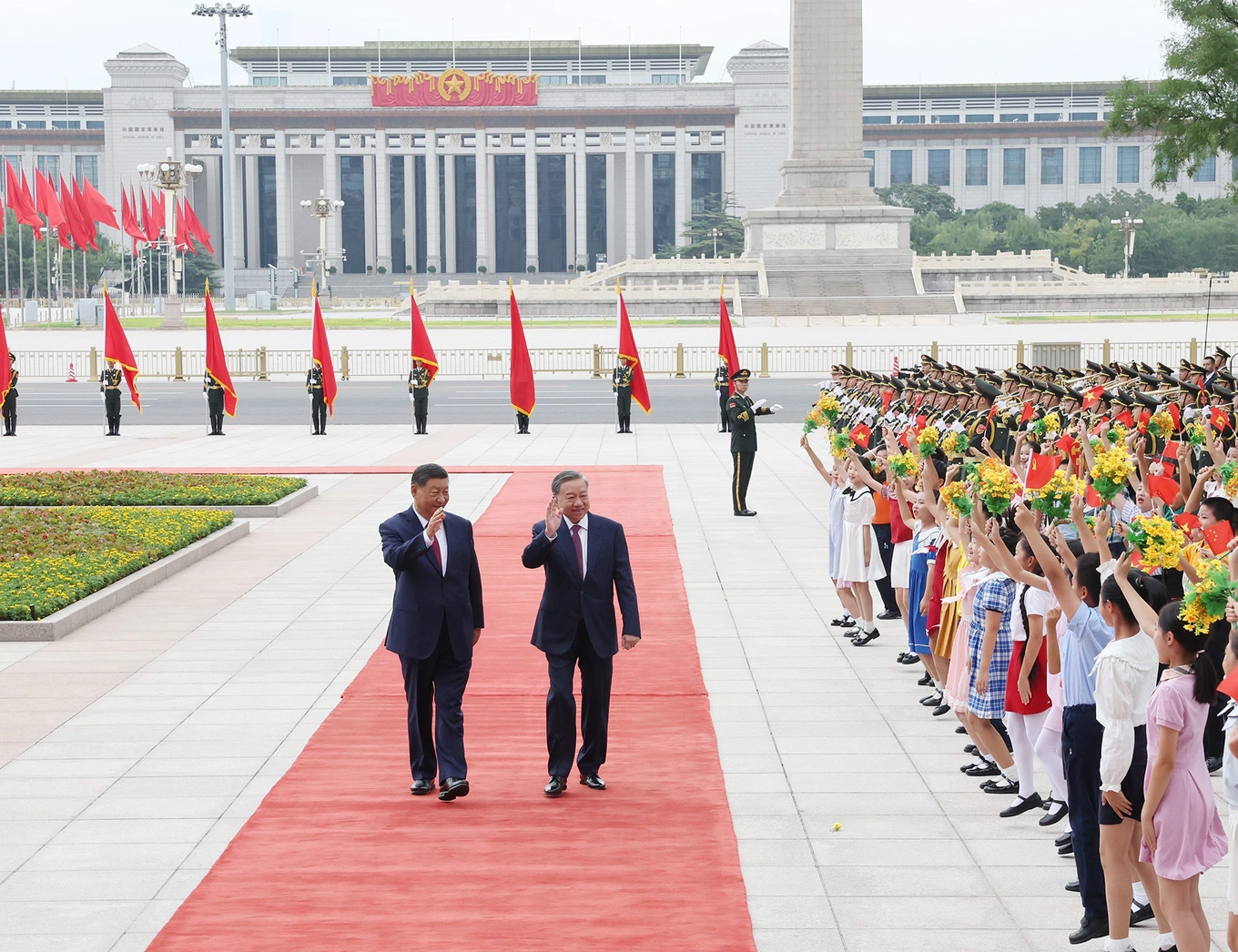
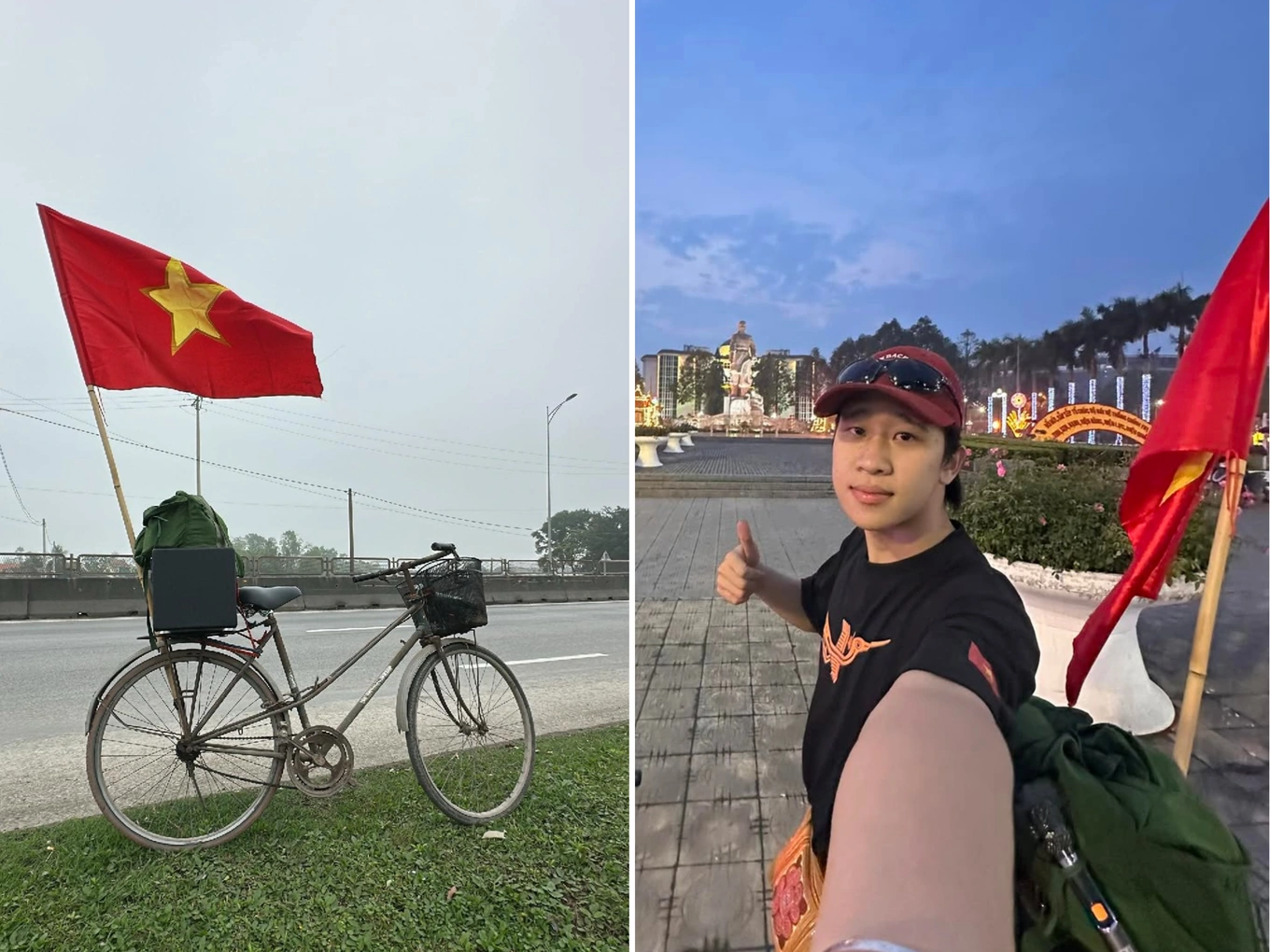
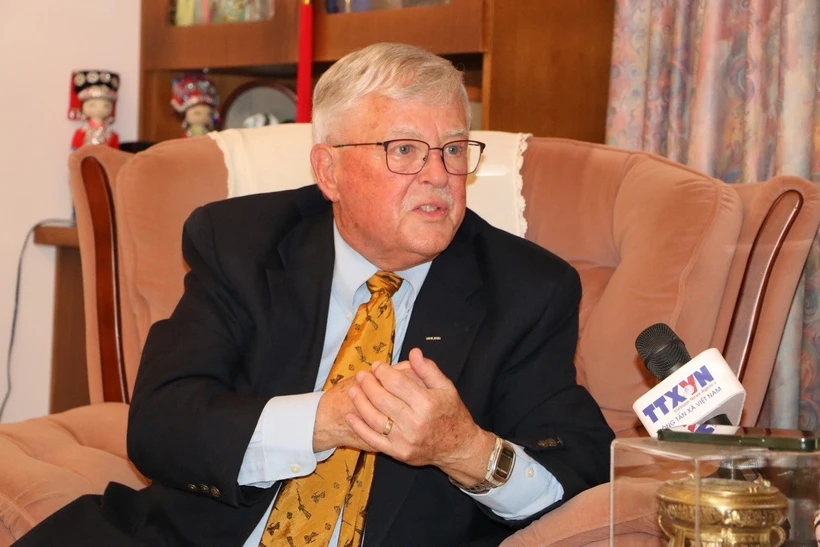


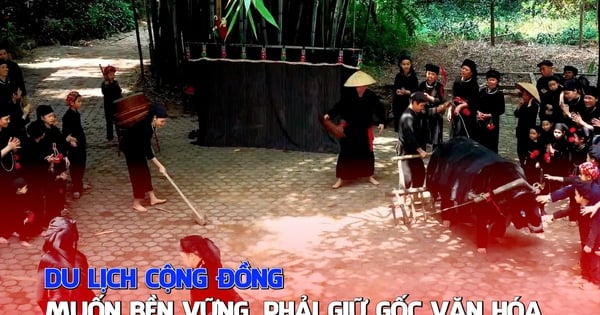

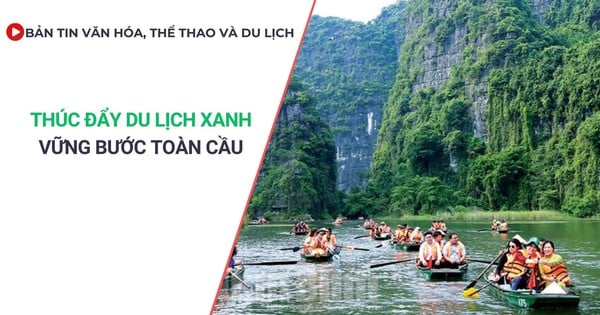
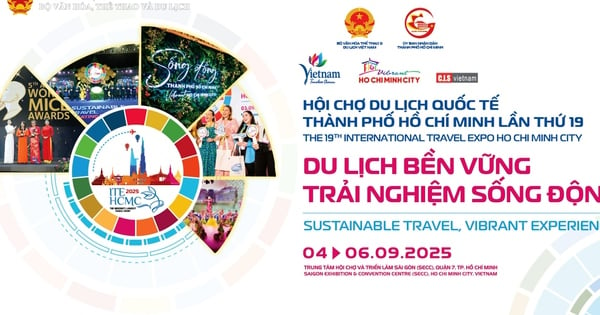
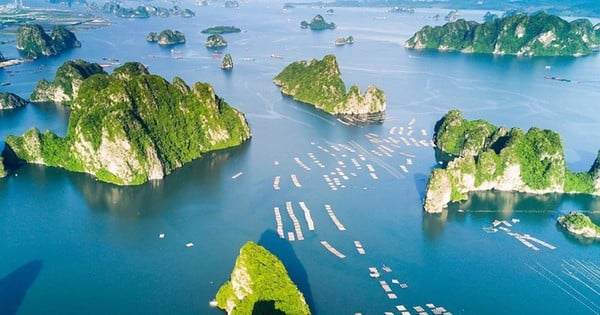



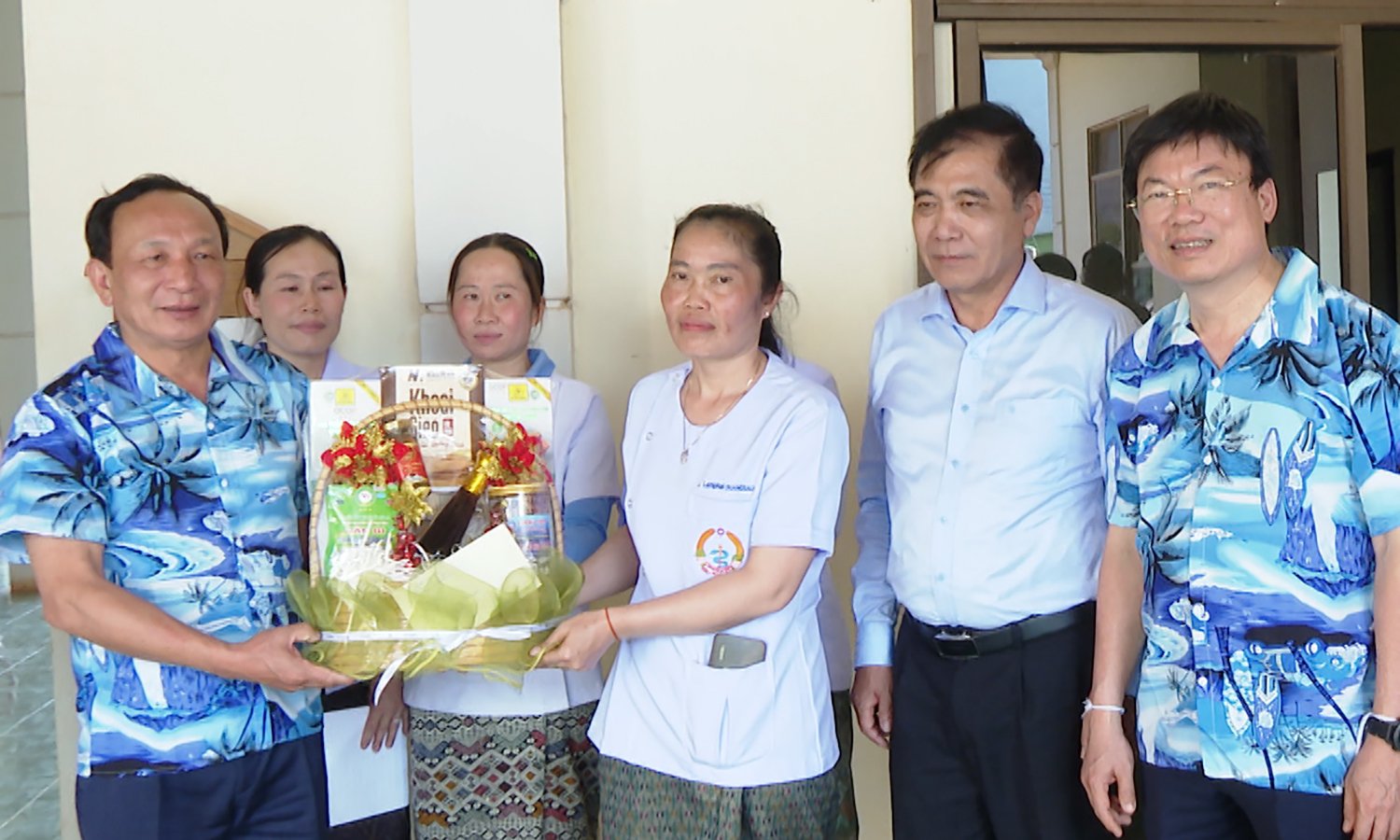
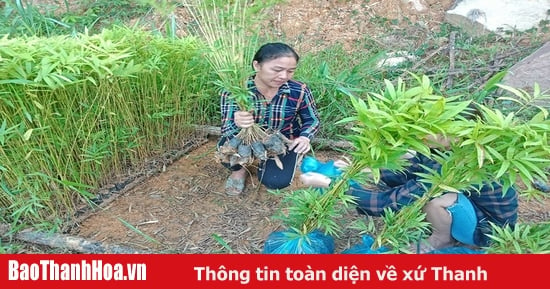

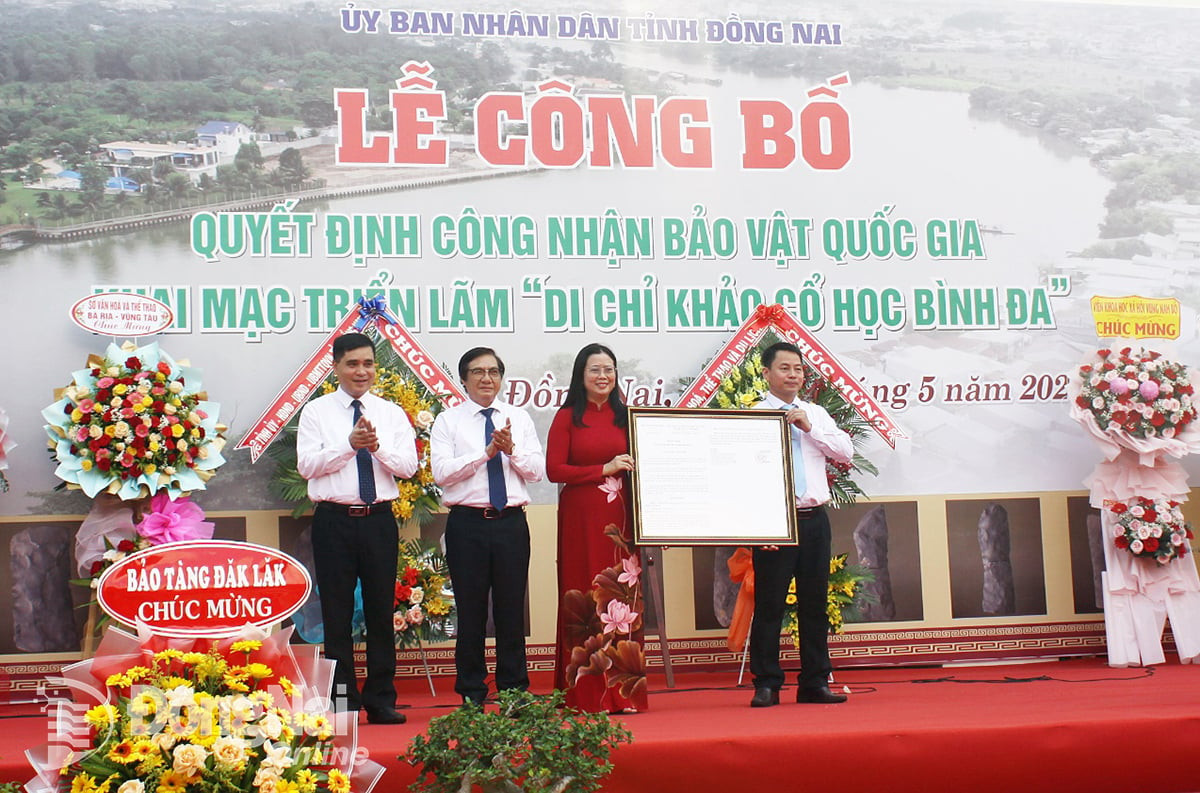





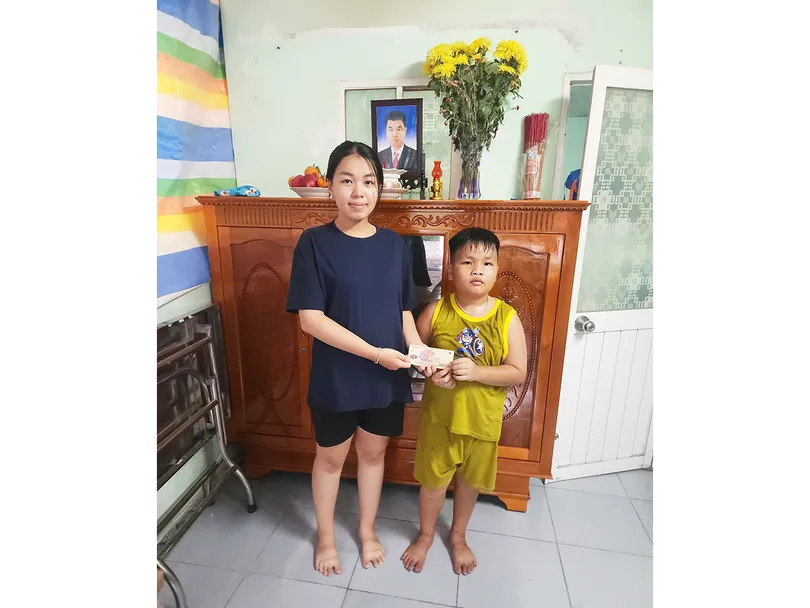










Comment (0)